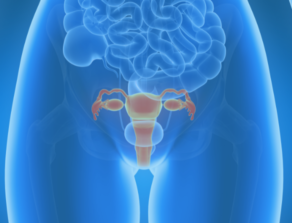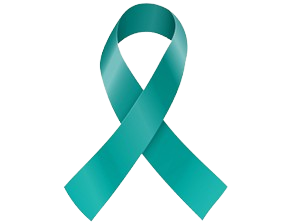Cervical Cancer
About Cervical Cancer
Cervical cancer continues to affect women of all ages worldwide. The disease often presents no symptoms in its early stages, which is why it is often referred to as one of the “silent killers.”
Cervical Cancer Key Facts
- Most cervical cancers are caused by the human papillomavirus(HPV), a common virus that can be passed from one person to another through sexual activity.
- With the advent of the HPV vaccine and regular Pap screening tests, most cervical cancers can now be prevented.
- In 2024, it is estimated that 13,820 women will be diagnosedwith invasive cervical cancer in the U.S. and 4,360 patients will lose their battle with the disease.
- Although the number of new cases has been declining over the past decades in the U.S., thanks to Pap screening, cervical cancer is the fourth most common type of cancer for women worldwide.
- The death rate in African American women and Native American women is about 65% higher than in Caucasian women.
Source: American Cancer Society’s Cancer Facts & Figures 2024; World Health Organization 2024

- Get an HPV vaccine
- Limit exposure to HPV
- Use a condom
- Don’t smoke
- Screening tests
- Pap smear
- HPV test
- Intrauterine device (IUD) use – may lower the risk
Resource:
What Can I Do to Reduce My Risk of Cervical Cancer? | CDC
Can Cervical Cancer Be Prevented | Ways to Prevent Cervical Cancer | American Cancer Society
- Abnormal vaginal bleeding
- An unusual discharge from the vagina
- Pain during sex
- Pain in the pelvic region
- Swelling of the legs (ADVANCED)
- Problems urinating or having a bowel movement
- Blood in the urine
Source: American Cancer Society
- Diethylstilbestrol (DES) (a synthetic estrogen can be carcinogenic to females exposed in utero from use by their mothers)
- Family history of cervical cancer
- Human papillomavirus (HPV) infection
- Sexual history
- Becoming sexually active at a young age
- Having multiple sexual partners
- Having one partner who is considered high-risk (someone with HPV infection or who has many sexual partners)
- Smoking
- Having a weakened immune system
- Chlamydia infection
- Long-term use of oral contraceptives
- Having multiple full-term pregnancies
- Young age at first full-term pregnancy
- Economic status
- A diet low in fruits and vegetables
Resource: Cervical Cancer Risk Factors | Risk Factors for Cervical Cancer | American Cancer Society
NFCR-Supported Researchers Working on Cervical Cancer
Paul Fisher, M.Ph., Ph.D.
Virginia Commonwealth University
Webster Cavenee, Ph.D.
Ludwig Institute for Cancer Research
Harold F. Dvorak, M.D.
Beth Israel Deaconess Medical Center














